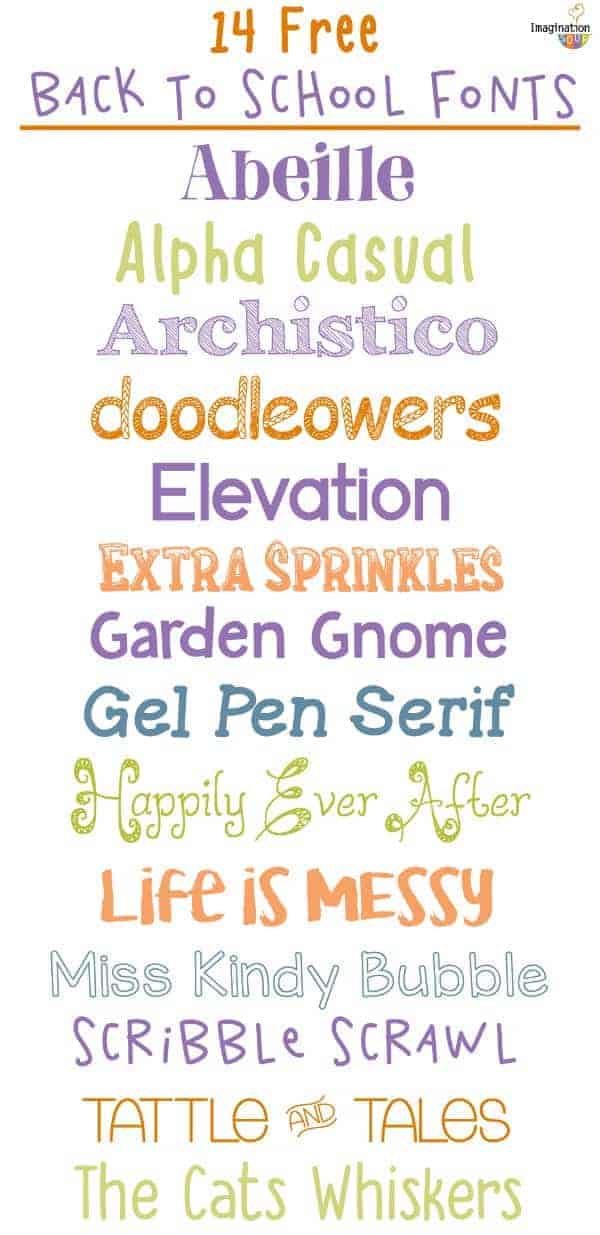The first year I began teaching, one of my teammates shared with me this fantastic acronym for GROUPS. I thought I would post it and share it with you all. I have always had it hanging in my room, and have created small versions to hand out to students before they begin group work. Some kiddos even get to have one taped onto their desk. Thoughts are much more of a conscience experience and therefore are often much more obvious. Feelings at times can be based on deep, subconscious issues and therefore may require a lot more digging to identify. Schools for Thought provides a straightforward, general introduction to cognitive research and illustrates its importance for educational change. If we want to improve educational opportunities and outcomes for all children, we must start applying what we know about mental functioning—how children think, learn, and remember in our schools. We must apply cognitive science in the classroom. Thoughtful definition is - absorbed in thought: meditative. How to use thoughtful in a sentence.
After I finished my previous post, one line kept buzzing in my head.
‘Mathematics is about thought, not the content of thought, but the form in which we can hold the content of thought.’
And at the same time I was searching for a picture to visualise how that could be. Sort of structures that come into existence from an underlying ‘something’.
See if I can get the essence out of that sentence:
Mathematics = Form
Thoughts = Content
It got me thinking about what exactly the content is. And it also made me wonder if, instead of mathmatics, I also could use ‘language’, or ‘words’.
So something like:
Language is about thought, not the content of thought, but the form in which we can hold the content of thought (which might be the whole psyche, not just thoughts).
And in short:
Language = Form
Psyche = Content
Not the same as the orgininal line, but somehow this seems true as well. Or again getting back to the Core model on this blog:
Language (or conceps, consciousness, symbols, etc) = Structure

Teachingfont For Thought Definition
Psyche (or thoughts, feelings, subconscious, sensations, etc) = Potential
The psyche as an ongoing process of unfolding. And language that brings the psyche into existence.
Together with the other couple of energy and matter.
Related posts:

Schools for Thought provides a straightforward, general introduction to cognitive research and illustrates its importance for educational change.
If we want to improve educational opportunities and outcomes for all children, we must start applying what we know about mental functioning—how children think, learn, and remember in our schools. We must apply cognitive science in the classroom. Schools for Thought provides a straightforward, general introduction to cognitive research and illustrates its importance for educational change.
Teachingfont For Thoughts
Using classroom examples, Bruer shows how applying cognitive research can dramatically improve students' transitions from lower-level rote skills to advanced proficiency in reading, writing, mathematics, and science. Cognitive research, he points out, is also beginning to suggest how we might better motivate students, design more effective tools for assessing them, and improve the training of teachers. He concludes with a chapter on how effective school reform demands that we expand our understanding of teaching and learning and that we think about education in new ways. Debates and discussions about the reform of American education suffer from a lack of appreciation of the complexity of learning and from a lack of understanding about the knowledge base that is available for the improvement of educational practice. Politicians, business leaders, and even many school superintendents, principals, and teachers think that educational problems can be solved by changing school management structures or by creating a market in educational services. Bruer argues that improvement depends instead on changing student-teacher interactions. It is these changes, guided by cognitive research, that will create more effective classroom environments.
Teaching Font For Thought Writing
A Bradford Book
